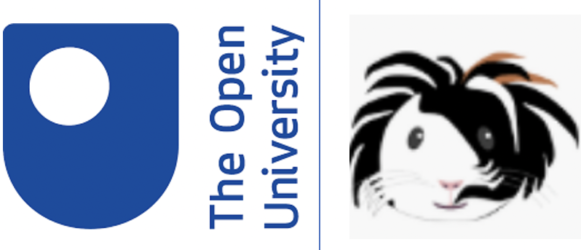by Alexandra Okada
In the context of Responsible Research and Innovation (RRI), drawing when combined with other methods can be considered a useful instrument for explorations of participants’ views. RRI aims to examine the priorities, views and values of all participants; so that scientific development is aligned with the expectation and needs of societal actors including youth (EC, 2020).
A research study in Ireland developed by Tatlow-Golden (2011) investigated the views of young people about “Who am I?” through the activities and types of relationships they valued most. This was explored through drawings and other graphic means such as ‘Identity Pies’, as well as interviews. Drawing combined with conversation and writing was important to identify what the young people thought was important and why.
“When young people talked, drew and wrote about what was important to them, and why, they foregrounded many relationships beyond peer popularity (friendship, and relationships with parents, siblings, extended family and even pets) and activities beyond sports and school (very many creative and active pastimes)…
Young people almost never mentioned school or curricular learning — unless it was to discuss relationships or activities in the school context, or the obligation to ‘get an education’. ” (Tatlow-Golden & Montgomery, 2020:13)
This study was selected for the RUMPUS – we explore fun – blog to highlight the importance of selecting enjoyable instruments and procedures that help participants to express themselves in a more pleasant way. Drawing combined with dialogue can promote the involvement of youth to respond to questions with more freedom than articulating words. It also supports researchers by creating opportunities for a more spontaneous conversation and reflection which can generate more meaningful data when participants are enjoying the experience.
The methodology of this study is also useful for CONNECT and OLAF researchers who are interested in fun participatory approaches to explore learning and engagement. Drawing can be an engaging and helpful artefact to externalise views and values where words may be more difficult than visual representation. Artefacts that are enjoyable for participants are helpful to obtain more expressive and authentic views; so that the values, expectations and priorities of young people can be unveiled in the research. Although Tatlow-Golden found that participants aged up to 13 years readily engaged with these tasks, an important feature of using drawing in research is that some participants lack confidence in their own drawing ability, so it is crucial to create an atmosphere in the research encounter of exploration and play, rather than setting an expectation that participants will make a ‘good’ drawing.
The work of Tatlow-Golden (Tatlow-Golden & Guerin, 2010, 2017; Tatlow-Golden, 2011) is considered original and relevant because it examined the voices of youth about their lived experiences through qualitative instruments (conversation, drawing and writing) to question the validity of quantitative self-concept scales that are widely used in psychological and educational research. This body of work found that conventional self-concept research scales are limited as they omit domains of self that young people value.
Tatlow – Golden and Montgomery (2020) highlight that “it is impossible to imagine how psychological measures that do not incorporate children’s perspectives can yield accurate, meaningful psychological findings about young people’s selves.
Without such insights, psychologists are unlikely to achieve their ultimate goal of supporting children and young people to develop and fulfil their potential, and so this is another area in which Childhood Studies perspectives and methods have the potential to enrich psychological research”.
The methodological approach that combines drawing and dialogue to for participants to express themselves is congruent with RRI which highlights the importance of incorporating participants’ perspectives – their thoughts, views and voices during the process of research and innovation.
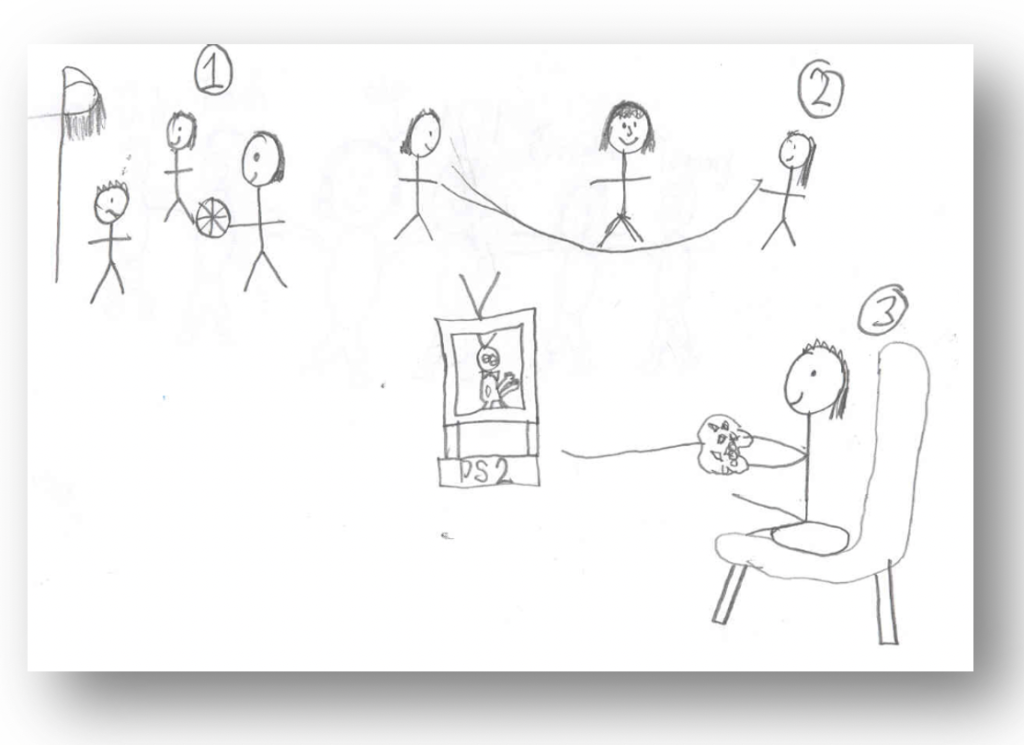
Figure 1: An example of a child drawing (1) basketball after school, (2) breaktime, and (3) videogames at home from Tatlow ‐ Golden & Guerin
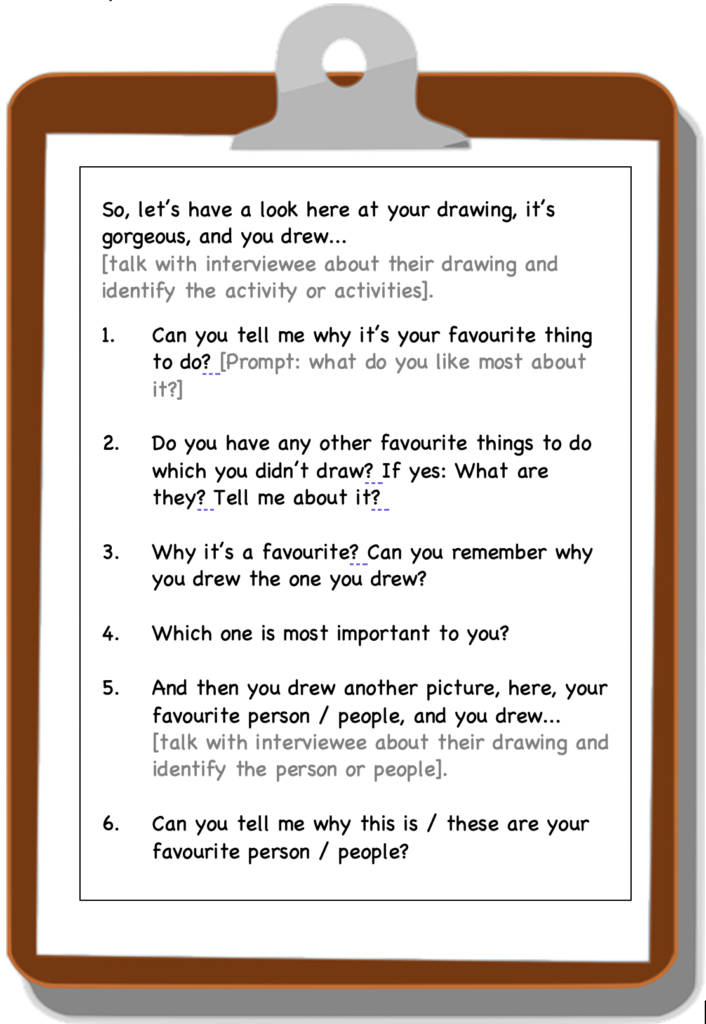
Figure 2: Procedures to combine drawing, dialogue and writing from Tatlow ‐ Golden & Guerin (2011)
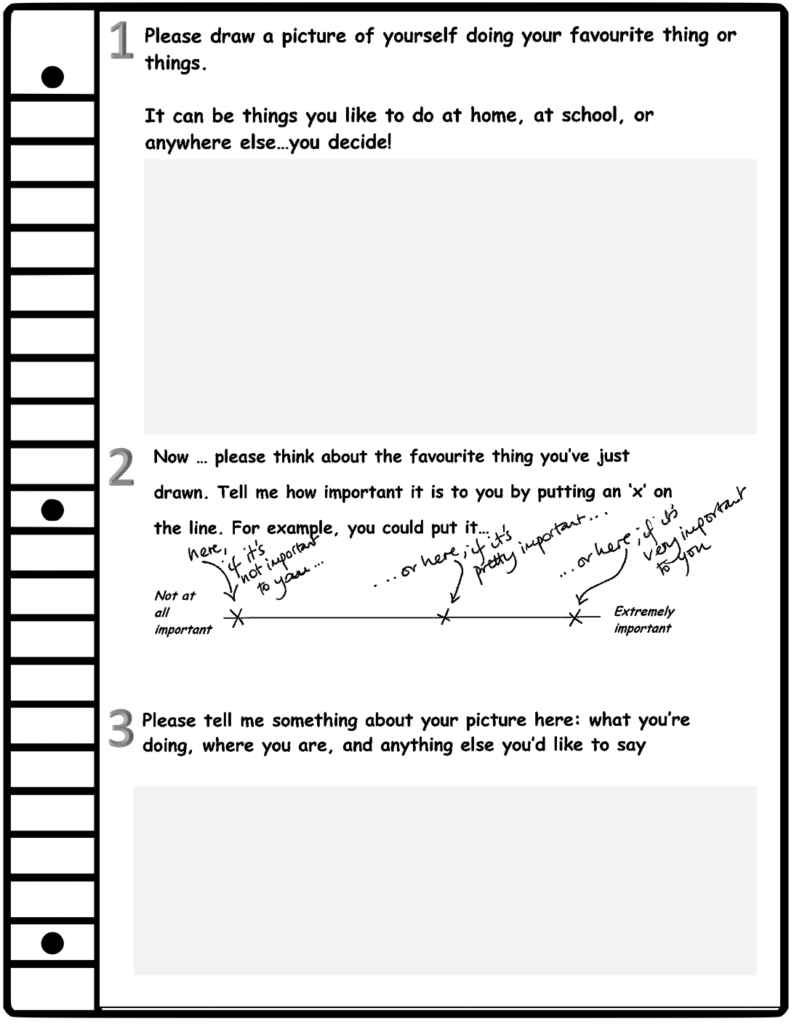
Figure 3: Visual Analogue Scale to check participants’ self-rated importance of aspects of self featured in their drawing from Tatlow ‐ Golden (2011), see also Tatlow-Golden & Guerin (2017)
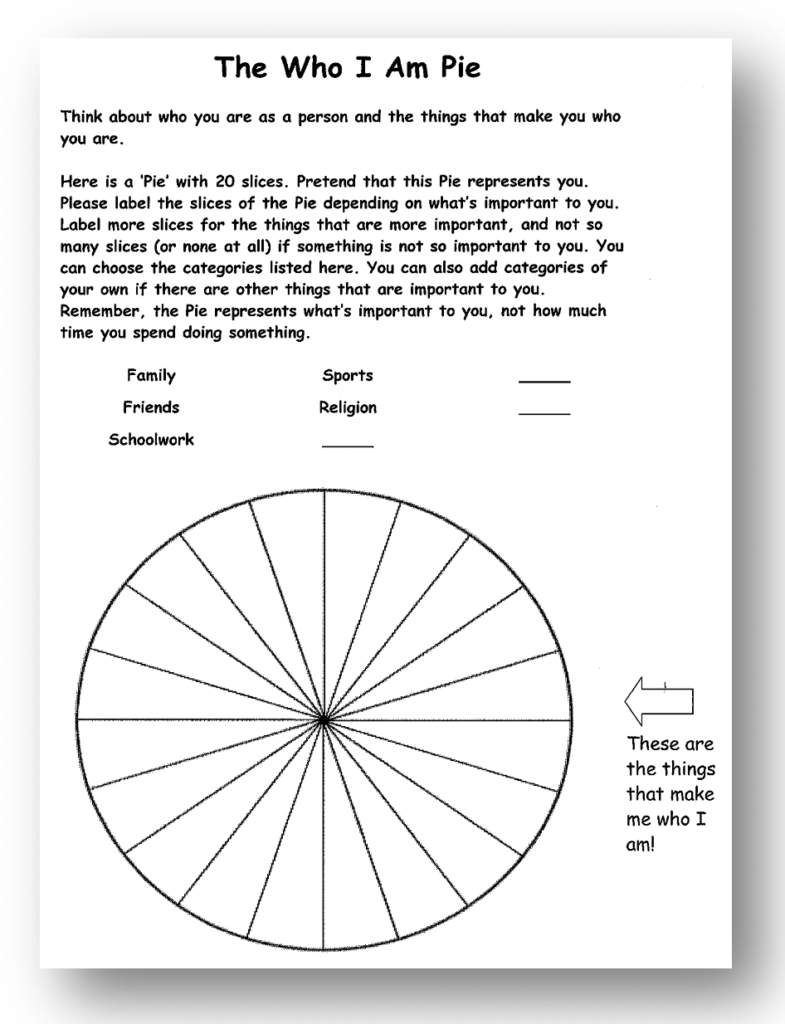
Figure 4: Identity pie from Tatlow ‐ Golden (2011)
Other studies that use drawing as part of the research methodology also highlight that drawing needs to be integrated with other instruments. Sondergaard and Reventlow (2019) examined drawing as a facilitating approach when conducting research among children. Their findings revealed that children expressed feelings, emotions and, experiences through drawing. The authors suggest that visual representation helps children to express themselves more easily than through words. However, two requirements are vital, including other fieldwork data to support the interpretation of drawings and above all having a solid contextual understanding of the field.
Blog Video Interview
Mimi, could you please let us know what inspire you to use drawing in your research? What were the challenges and benefits?
What are your recommendations for researchers who are looking for research instruments that are fun (children will enjoy it) to explore fun in learning ?
Glossary
| Identity Pie
|
is a graphical method for representing the relative importance of my self-concept domains used to describe who I am. |
| Self-concept (Who am I?) me-self |
Is a self-description about what I am; it includes self-representation, for example, about my values, roles, activities, goals in my life. It is closely related to self-esteem |
| Self-esteem | how much I appreciate and like myself, what I am. |
References
Søndergaard, E., & Reventlow, S. (2019). Drawing as a facilitating approach when conducting research among children. International Journal of Qualitative Methods, 18, 1609406918822558.
Tatlow-Golden, Mimi and Montgomery, Heather (2020). Childhood Studies and child psychology: Disciplines in dialogue? Children & Society (Early access).
Guerin, Suzanne and Tatlow-Golden, Mimi (2019). How Valid Are Measures of Children’s Self-Concept/ Self-Esteem? Factors and Content Validity in Three Widely Used Scales. Child Indicators Research, 12(5) pp. 1507–1528.
Tatlow-Golden, Mimi (2011) Who I Am: Exploring the Nature, Salience and Meaning of Children’s Active and Social Selves. PhD Thesis. University College Dublin.
Tatlow-Golden, Mimi and Guerin, Suzanne (2010). ‘My favourite things to do’ and ‘my favourite people’: Exploring salient aspects of children’s self-concept. Childhood, 17(4) pp. 545–562
Questions suggested by Mimi for researchers and readers to establish a conversation about drawing in research:
1. What are the challenges of using drawing in research?
2. What are the recommendations for analysing drawings?
3. How about reliability and rigour? Is drawing reliable as a projective method?
You are very welcome to leave your comments on our blog … We will be glad to interact with you!

